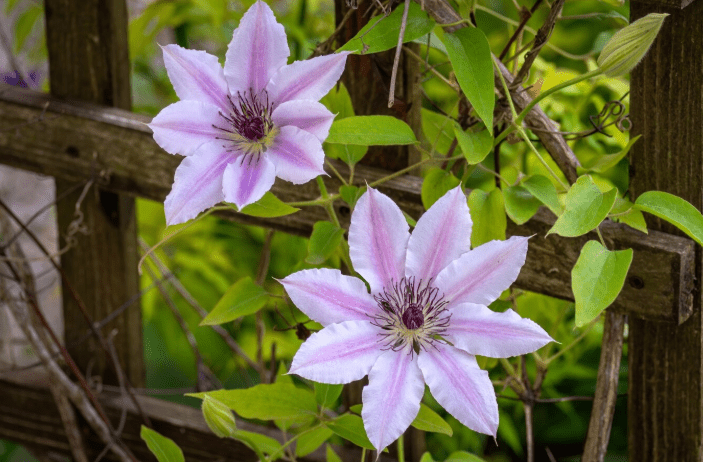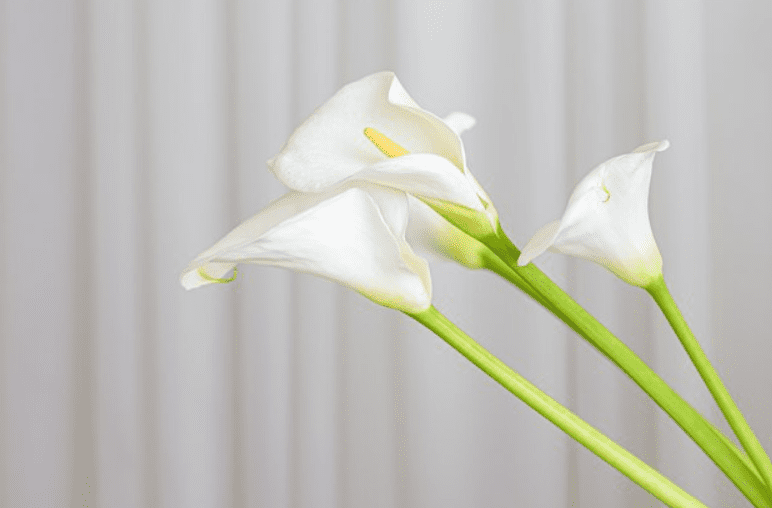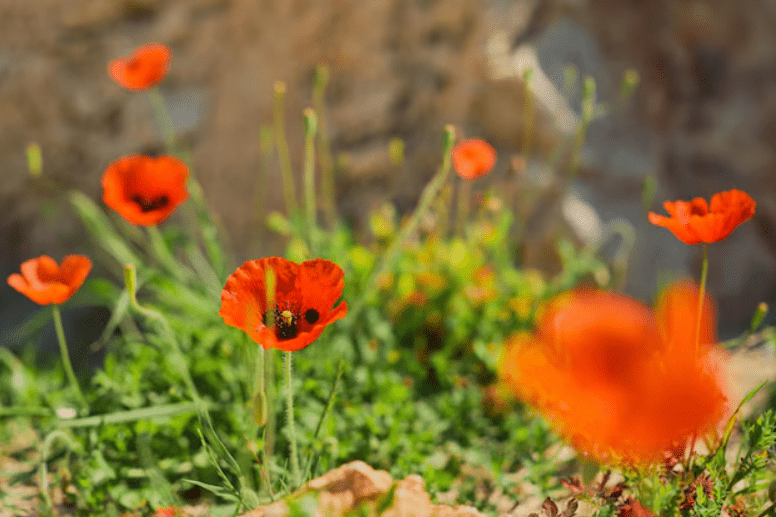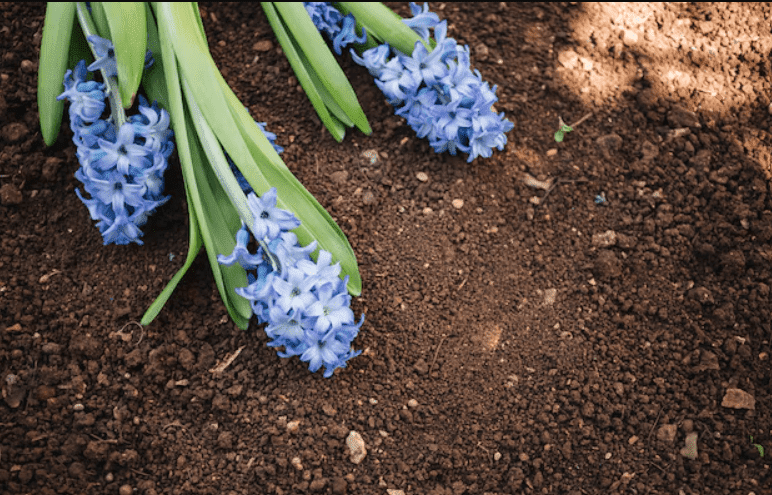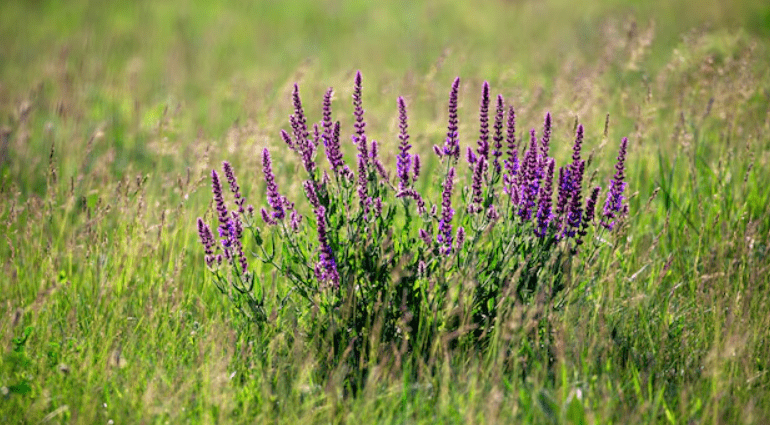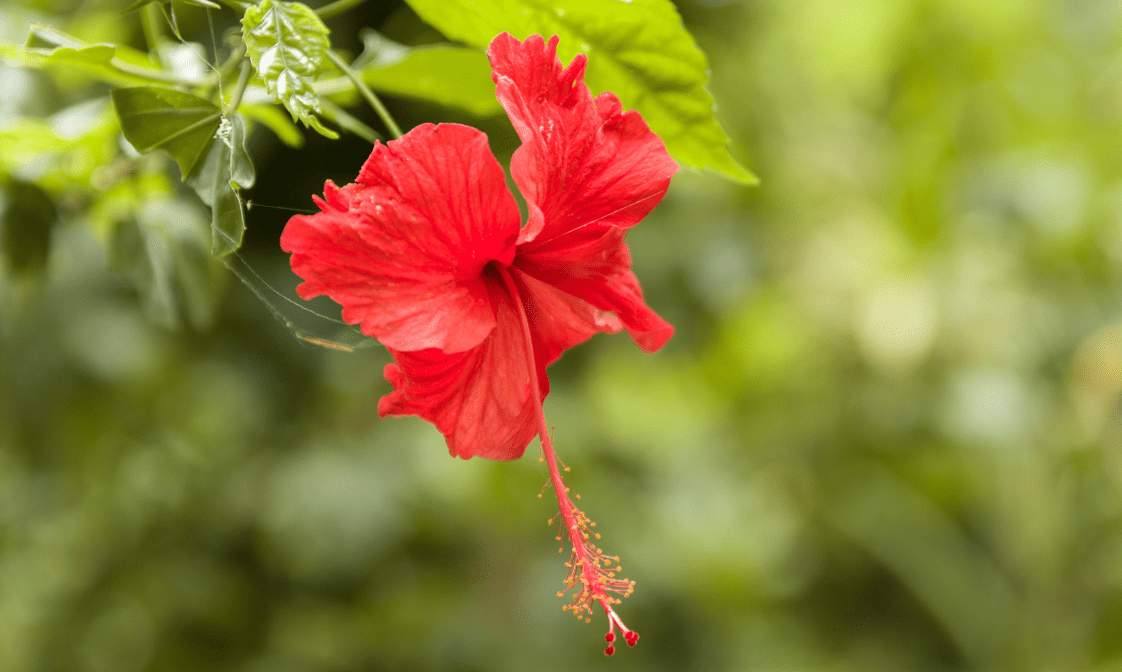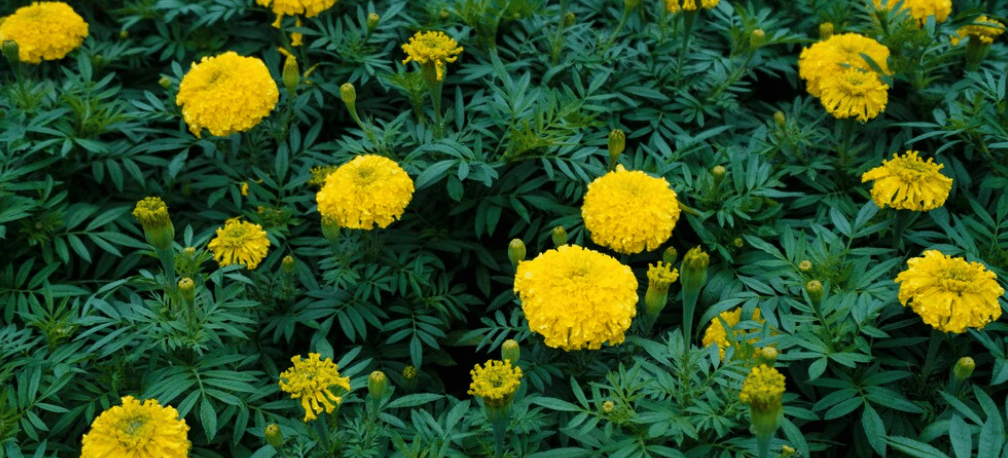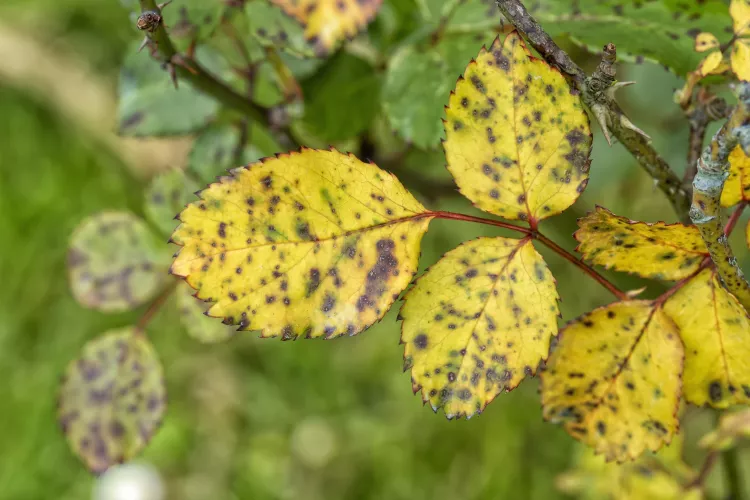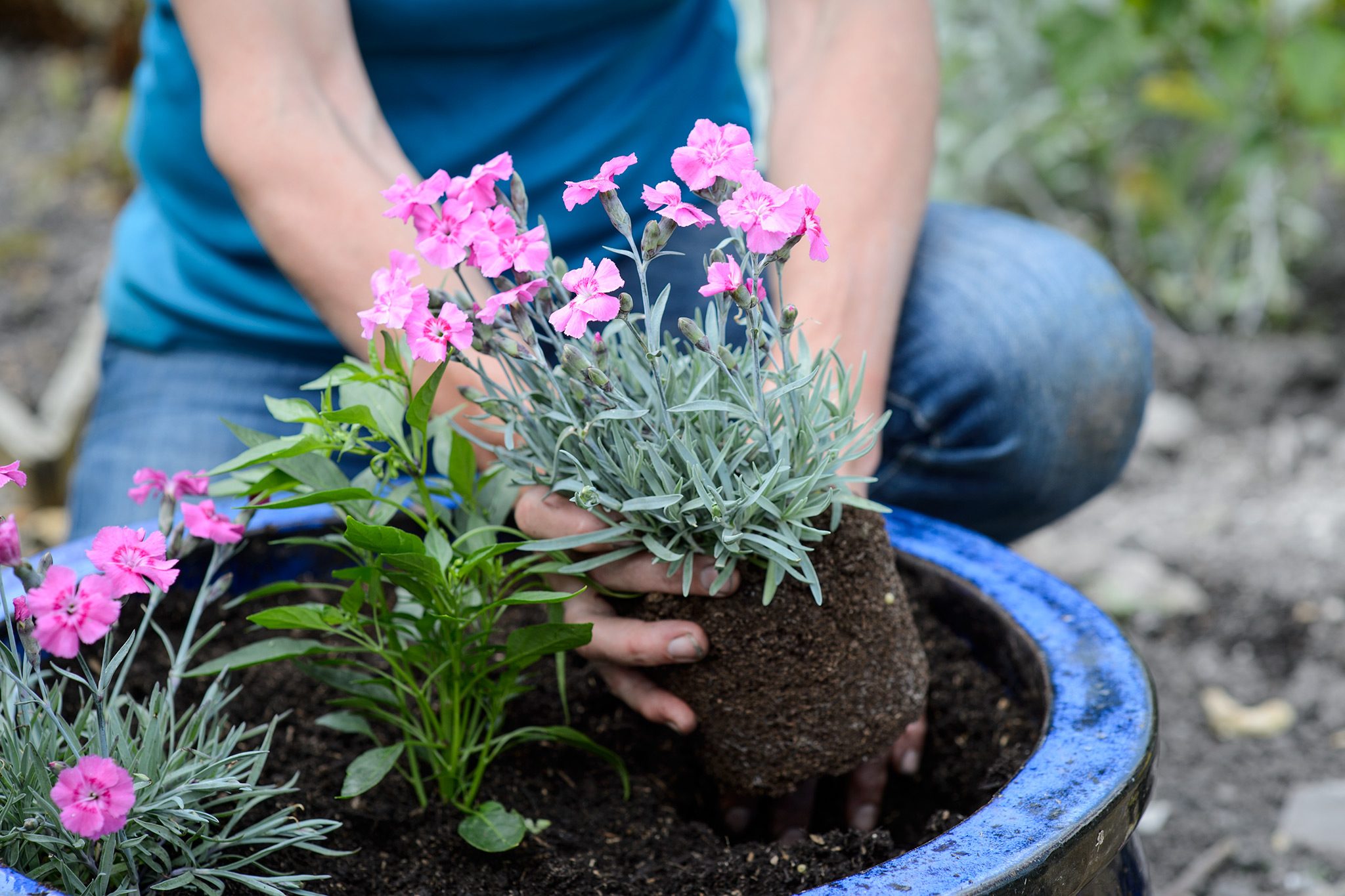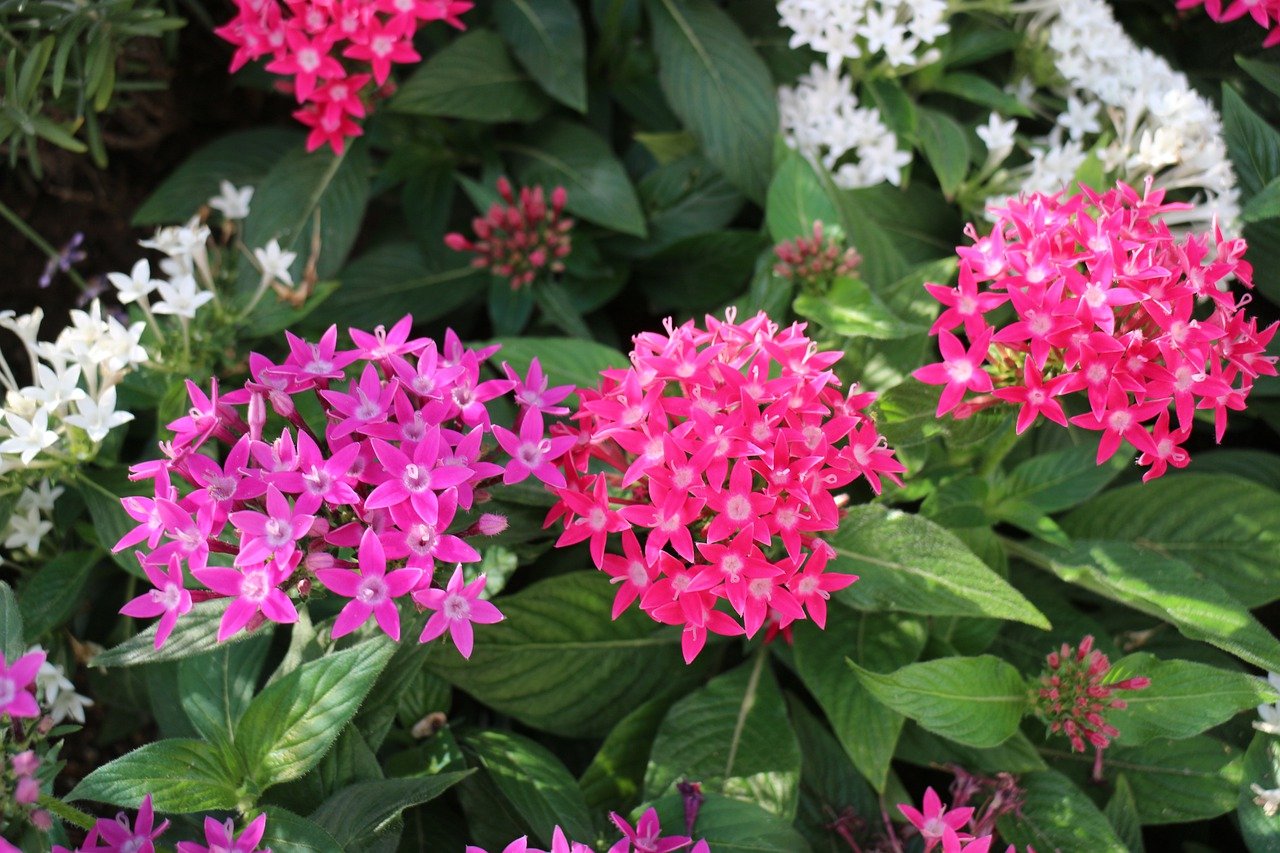Clematis are well-loved perennial vines that add vibrant color and vertical interest all season long. They pair beautifully with roses and come in a wide range of varieties, with flowers that vary from dainty, bell-shaped to ones as large as dinner plates.
These climbing plants also benefit local wildlife, covering walls, trellises, and fences with lush foliage and blossoms that can offer shelter to insects and, occasionally, birds. Some clematis varieties attract pollinators, and the soft, feathery seed heads of Clematis tangutica types may even serve as nesting material for house sparrows.
Table of Contents
ToggleWhen to plant
- Plant clematis in spring or early to mid-autumn when the soil is warm and moist. It’s an ideal condition for strong root development.
- If you purchase a container-grown clematis in summer, get it into the ground as soon as possible and keep it well-watered.
- While it’s possible to plant clematis at other times, avoid doing so when the soil is frozen, overly wet, or during dry spells.
Where to plant
Keep the following tips in mind when selecting a spot for your clematis:
- Most clematis varieties thrive in full sun or partial shade but won’t flower well in deep shade. Herbaceous types prefer a sunny location.
- Some varieties, especially evergreen types that bloom in winter or early spring, need a sheltered area, as they aren’t as cold-hardy.
- Climbing clematis require cool, moist roots. To protect them, plant their base in a lightly shaded spot or provide cover using mulch, pebbles, or surrounding plants.
- Make sure there’s plenty of room for growth. Vigorous climbers can spread quickly and become unmanageable in cramped spaces.
- Plan ahead for support. Herbaceous clematis do well with plant supports or grown through neighboring shrubs, while climbing varieties need structures to cling to, such as mesh, trellis, or wires fixed to fences or walls.
How to plant
All clematis have roughly the same planting needs.
Prepare your soil
Clematis can adapt to various soil types but perform best in deep, fertile soil that stays moist and drains well. If you’re working with heavy clay or sandy soil, mix in organic matter such as well-rotted manure or leaf mould before planting to enhance the soil’s structure and moisture retention.
Planting
- For large-flowered hybrid clematis that bloom in early or late summer, plant them with the top of the rootball 5–7.5cm (2–3in) below the soil surface. This helps new shoots emerge from below ground and improves recovery if the plant suffers from clematis wilt.
- Position the rootball just below the soil surface for winter and spring-flowering types, including evergreens and late-summer and autumn-flowering varieties like Clematis viticella, C. tangutica, and herbaceous clematis.
- When planting near a wall or fence, dig the hole so the rootball sits about 30–45cm (1ft–18in) away from the base. If there’s an overhang or guttering, plant even further out. Use a bamboo cane to guide the stems toward their permanent support.
Growing Clematis in Containers
Compact clematis varieties are perfect for growing in containers, mainly when supported by a small trellis or obelisk.
Here’s how to grow clematis in containers:
- Pick a container at least 45cm (18in) deep and wide, and fill it with a soil-based potting compost for stability and moisture retention.
- To keep the roots cool, top the soil with pebbles, plant some low-growing bedding plants in the same pot, or place other containers on the sunny side for extra shade.
- Avoid placing potted clematis directly against a wall or fence, especially if there’s an overhang or guttering that limits rainwater. Instead, position the container about 30cm (1ft) away or choose a more open, brighter spot.
Ongoing Clematis Care
Plant clematis in a location with moist, well-draining soil and at least six hours of sunlight daily. When setting it in the ground, ensure the root system is buried at least 10cm (4in) below the soil surface to encourage strong growth and resistance to disease. Adding mulch after planting can help protect the roots and retain moisture.
Light
Clematis thrive in full sun and need plenty of light for vigorous growth and abundant flowering. However, they don’t handle intense afternoon sun well. The best spot provides direct morning sunlight and filtered or partial shade later in the day to keep the roots cool.
Soil and Water
Use moist, loamy, well-drained soil. Mix in compost at planting time to boost fertility, support drainage, and help the soil retain moisture.
Keep the soil consistently moist. In hot or dry conditions, mulch with shredded leaves, straw, or other organic materials to help maintain moisture.
Avoid overwatering. Soggy soil can lead to clematis wilt, a fungal infection that may severely damage or kill the plant.
Temperature and Humidity
Clematis thrive well in a wide range of climates. While they enjoy warmth and sunlight, their root systems are heat-sensitive. In areas with high humidity, keeping the foliage dry during watering helps prevent fungal diseases.
Fertilizer
Feed clematis three times throughout the growing season using organic compost or a low-nitrogen fertilizer like 5-10-10. You can apply compost in early spring and switch to rose fertilizer for later feedings. Fertilize before the flower buds appear, then continue once a month until late summer.

